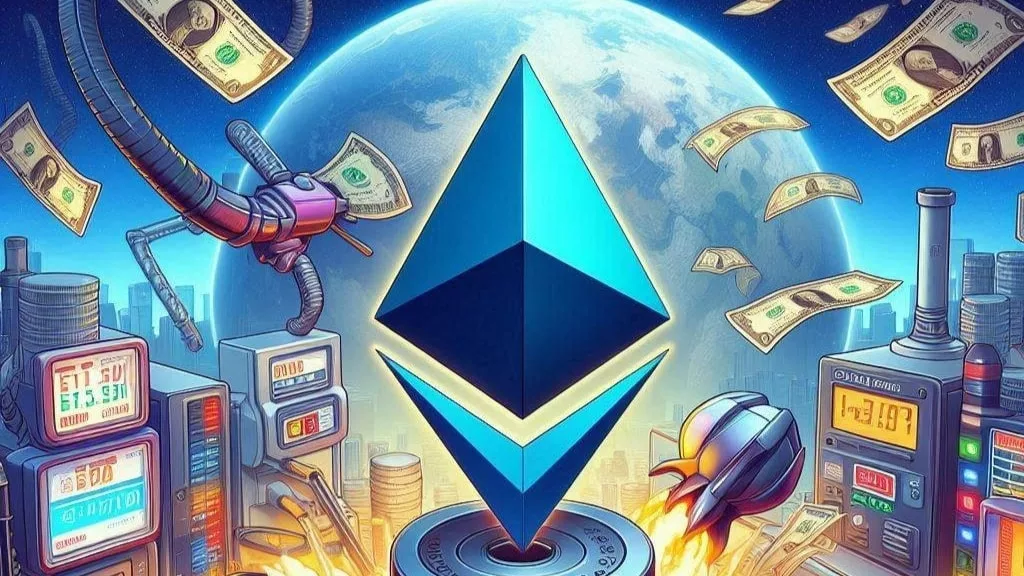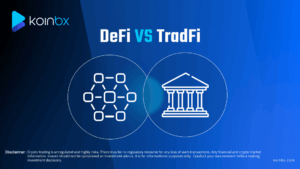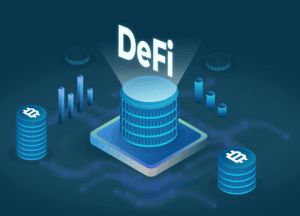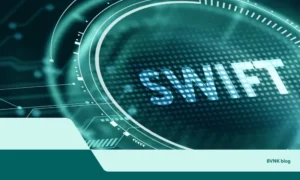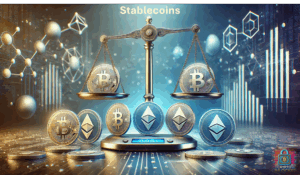The Ethereum network, long criticized for its high gas fees, has recently seen a notable decline in transaction costs. For developers, investors, and users alike, this shift sparks an important question: Is this a sign of innovation and scalability finally kicking in—or an early warning that network activity and user engagement are stagnating?
To unpack this trend, we must examine the data behind the dip, what it reveals about Ethereum’s current usage, and whether the drop in gas fees reflects healthier efficiency or a worrying slowdown in on-chain activity.
Understanding Ethereum Gas Fees
Gas fees are the cost users pay to conduct transactions or execute smart contracts on Ethereum. These fees are determined by network demand and computational complexity. When demand soars—as seen during NFT booms or DeFi frenzies—so do the fees. Conversely, lower activity typically results in cheaper transactions.
The network’s upgrade to Ethereum 2.0 (the transition to proof-of-stake) and layer-2 scalability solutions like Arbitrum, Optimism, and Base were designed in part to alleviate this cost burden. However, the complete picture is more nuanced.
The Recent Dip: What the Data Shows
As of mid-2025, Ethereum gas fees have fallen to their lowest average levels in over two years. According to on-chain analytics platforms such as Etherscan and Glassnode:
- The average fee for a simple ETH transfer has hovered between $0.20 and $0.40.
- More complex operations, like DeFi swaps and NFT mints, cost significantly less than during peak cycles.
- Layer-2 adoption has steadily increased, accounting for over 60% of transaction volume on Ethereum-based platforms.
So what’s behind this drop?
Possible Drivers Behind Lower Gas Fees
1. Layer-2 Scaling Solutions Gain Traction
A major driver of reduced fees is the offloading of activity to layer-2 chains. Optimism, Arbitrum, and Base allow users to interact with Ethereum-based dApps without congesting the mainnet.
These rollups batch multiple transactions and settle them on Ethereum, drastically reducing congestion. As a result, activity shifts away from Ethereum Layer-1, reducing competition for block space and consequently, lowering gas fees.
2. EIP-1559 and Predictable Fee Mechanics
Implemented in August 2021, EIP-1559 introduced a “base fee” model, which adjusts dynamically based on demand. Though it burned a portion of fees to improve supply economics, it also added more predictability to gas prices.
This predictable structure is now fully integrated into network behavior, allowing better wallet estimation and user-friendly experiences that prevent overpayment during low-demand periods.
3. Diminished Hype in NFTs and DeFi
Gas fee spikes during 2021–2022 were driven in large part by speculative frenzy in DeFi yield farming and NFT minting. That speculative heat has cooled. While DeFi and NFT ecosystems remain active, transaction volumes have settled into a more stable, organic rhythm.
There are fewer mass minting events or “gas wars” pushing transaction costs into the stratosphere, resulting in a calmer fee environment.
4. Increased Network Efficiency Post-Shanghai
Ethereum’s recent upgrades, including the Shanghai hard fork, introduced enhancements that made validator operations and smart contract executions more efficient. These backend improvements have made it cheaper to process blocks—especially when combined with lower transactional demand.
Is Network Activity Slowing Down?
Here’s the million-dollar question: are gas fees low because Ethereum is becoming more efficient—or because users are losing interest?
On-Chain Activity Analysis
Some metrics suggest that certain sectors of Ethereum-based activity have slowed:
- NFT sales volume has declined by over 40% compared to the same period in 2023.
- Daily active addresses on Ethereum have dropped slightly, with more engagement visible on rollups.
- DeFi total value locked (TVL) on Layer-1 Ethereum has plateaued, even as Layer-2 ecosystems grow.
But this doesn’t necessarily indicate a systemic slowdown. Instead, it points to a migration of activity—users are simply moving to more efficient platforms within the Ethereum ecosystem.
Developer Activity Remains Strong
Despite lower gas fees, developer activity continues at a brisk pace. According to Electric Capital’s 2025 developer report:
- Ethereum retains the largest core developer base in the blockchain space.
- Open-source contributions and dApp innovation remain strong.
- The ecosystem is shifting focus from speculation to utility, sustainability, and UX.
This indicates that Ethereum is not losing relevance—it’s maturing.
What This Means for Investors and Users
Lower gas fees present a double-edged sword. On one hand, cheaper transactions lower the barrier to entry for users and increase dApp usability. On the other, reduced fees could suggest declining activity or monetization, impacting ETH’s long-term value proposition if not offset by growth elsewhere.
ETH Price Implications
Historically, gas fees correlate with ETH price because high fees suggest strong demand for block space. However, Ethereum’s move to Proof-of-Stake and EIP-1559 means supply-side dynamics (such as ETH burning) also play a larger role.
Now, lower fees may not hurt ETH’s value if they reflect greater scalability and long-term adoption of Ethereum as an economic layer.
Strategic Opportunities
- Builders and startups can benefit from affordable gas to deploy more complex or experimental smart contracts.
- DeFi users can execute strategies (arbitrage, liquidity provisioning, etc.) with reduced friction.
- Enterprises may view Ethereum’s lower fees as a green light for onboarding larger-scale applications, particularly in tokenization, payments, and supply chain use cases.
Final Thoughts: A Quiet Evolution, Not a Collapse
The decline in Ethereum gas fees should not be misunderstood as a sign of decay. Rather, it represents a moment of strategic rebalancing within the ecosystem. As speculative mania cools, real builders are taking center stage. Layer-2s are doing their job, and Ethereum Layer-1 is evolving into a settlement layer—exactly as envisioned.
Network activity is not disappearing; it is redistributing.
Ethereum’s long-term health depends on maintaining this balance between usability, scalability, and security. If current trends continue, the network may finally be shedding the “expensive and slow” label, paving the way for a more inclusive and efficient Web3 economy.
The question is no longer, “Why are gas fees low?”—but rather, “What new possibilities do low fees unlock?”

